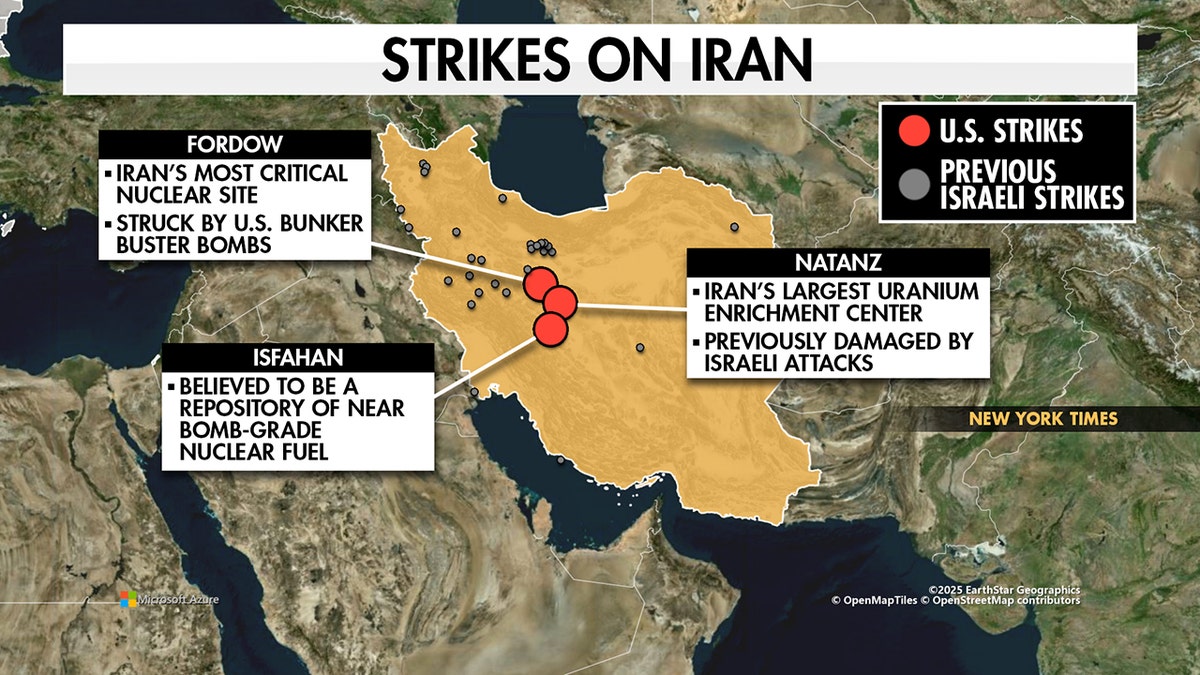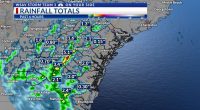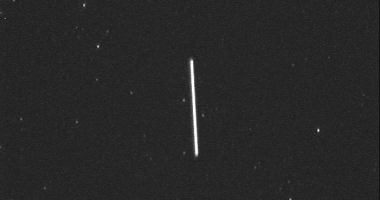Share this @internewscast.com
Local and federal agencies throughout the nation are likely gearing up for possible threats during the Fourth of July celebrations next weekend amid ongoing tensions between the United States and the Middle East, as suggested by a former U.S. Secret Service agent.
Tensions escalated on June 22, when the U.S. Military bombed three key nuclear sites in Iran, according to Trump administration officials.
“Due to the situation with Iran, the Department of Homeland Security has put in place a National Threat Advisory System, and as of June 22, we are operating under a heightened threat level,” stated Michael Verden, founder and CEO of The Lake Forest Group, in an interview with Fox News Digital. “This level is set to remain until September 22 but could be extended depending on the developments in Iran.”
Verden, who previously served as a USSS agent and law enforcement officer, mentioned that particular Fourth of July events and travel plans will experience enhanced security and safety measures “due to this elevated threat level.”
“There’s always a little bit of a heightened risk level when it comes to these patriotic [events]. … This is when the Declaration of Independence was ratified on this date. So, there’s always that concern of our adversaries. This would be an opportune time for them to do some type of an attack,” he said.

Map of US strikes on Iran. (Fox News)
A recent assessment released last week by the Institute for Science and International Security (ISIS) found that Israel’s Operation Rising Lion, followed by U.S. bunker-busting strikes, “effectively destroyed Iran’s centrifuge enrichment program.” But authors David Albright and Spencer Faragasso cautioned that “residuals such as stocks of 60%, 20%, and 3-5% enriched uranium and centrifuges manufactured but not yet installed … pose a threat as they can be used in the future to produce weapon-grade uranium.”
According to the ISIS report, “extensive damage” was confirmed at nearly all major Iranian nuclear and missile facilities, including the destruction of uranium metal conversion plants, fuel fabrication centers, and the IR-40 Arak heavy water reactor. The report noted that the Israeli and U.S. strikes “rendered the Fordow site inoperable,” citing high-resolution satellite imagery of deep bunker penetrations.
The bunker strikes have prompted conversations about Iranian retaliation against the United States.
















